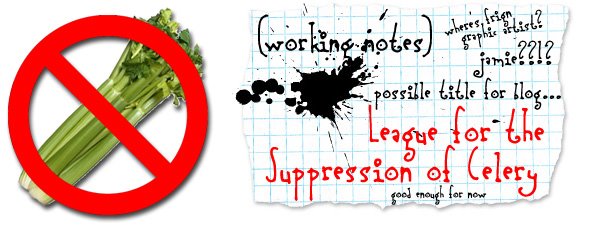
Below are some statistics about disaster relief celery growers have received. Check out the stats and then go down to my proposal below.
Historical ad hoc disaster payments for celery provide an indication of high-loss areas and may indicate areas that would face relatively high risk under a FCIC celery policy. Disaster assistance payments for celery totalled $1.2 million between 1988 and 1993. Payments for celery peaked at $363,000 in 1989, and were over $150,000 in each of the years 1990, 1991, and 1993. Ad hoc payments made for celery accounted for far less than 1 percent of the total payments made for specialty crops over the 1988-93 period.
Ad hoc disaster payments for celery were scattered over a geographically broad area. Fifteen states received payments in at least one of the 6 years. Michigan collected payments for celery losses in all years. New York collected payments in all years except 1989. California, with about 63 percent of harvested U.S. celery acreage, received only 5 percent of celery disaster payments. In contrast, Michigan, with about 8 percent of U.S. celery acreage, received 73 percent of celery disaster payments.
If Michigan is so perilous for celery, why are celery growers allowed to continue to use the greater percentage of this aid when it looks like their farming efforts are doomed from the start? They have only 8% of the celery acreage, but used 73% of disaster payments?
Write a congressman, people, and tell them they need to limit celery growing to California only. At least if we have the celery limited to one end of the continent then none of us have to worry about accidentally running into a celery field and possibly being killed.

No comments:
Post a Comment